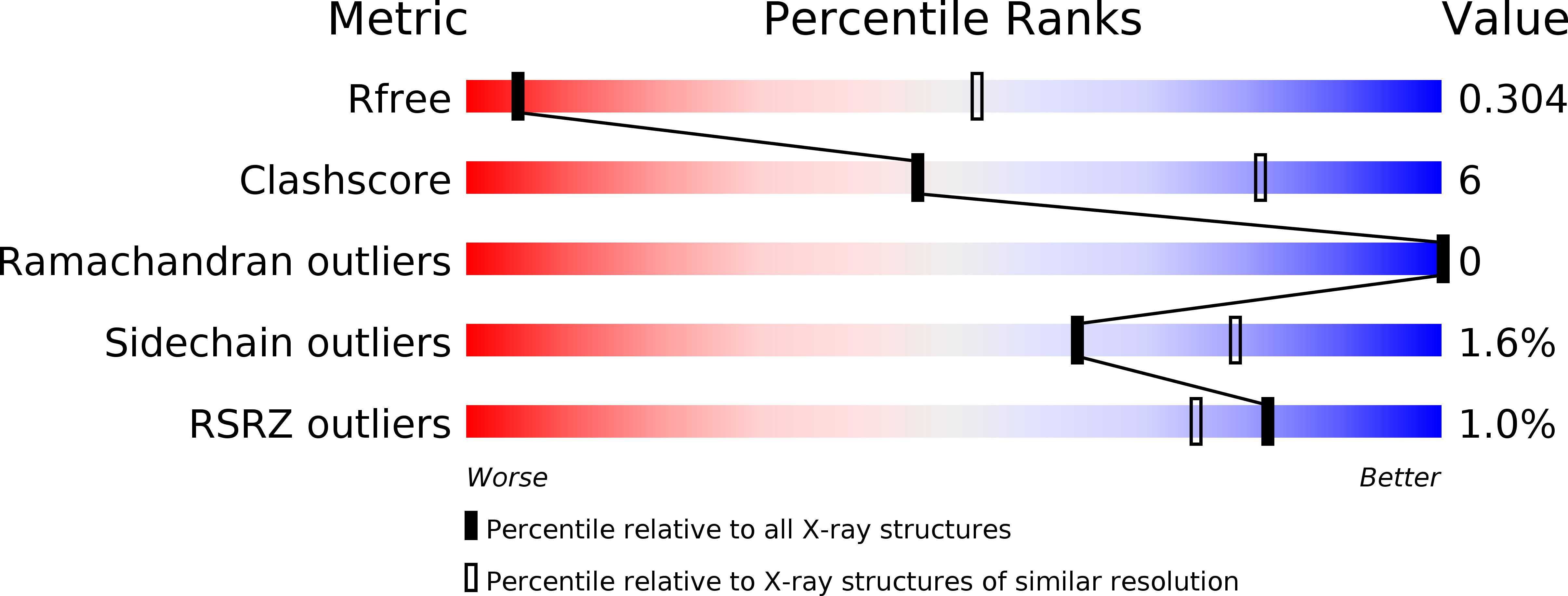
Deposition Date
2018-01-09
Release Date
2018-08-01
Last Version Date
2024-11-20
Method Details:
Experimental Method:
Resolution:
3.90 Å
R-Value Free:
0.30
R-Value Work:
0.25
R-Value Observed:
0.26
Space Group:
C 1 2 1


